The Latvian hero of revolutionary rave culture
A deep dive into Indulis Bilzens, the late Latvian visionary who smuggled dance music beyond the Iron Curtain.
This is the story of how techno reached the Soviet Union in the 1980s.
It’s the story of how one man bypassed the KGB to liberate the Latvian dance floors.
It’s the story of Indulis Bilzens.
We’ve interviewed Viktors Buda, director of the remarkable film Era of Dance, to help us tell the story.
We’ve also recorded a 2-hour radio show of historic techno cuts on AAJA Radio, which we recommend listening to whilst you read this newsletter:
We begin in the latter half of 1980s America, which was a time of tension.
The Cold War, a stretched-out battle of political philosophy between the United States and the Soviet Union, gave rise to international hostility and fears of nuclear war.
By this time, many cities in the US were experiencing industrial and economic decline. Detroit, famous as the ‘Motor City’ for its pioneering automotive innovation, began to tumble as the automation revolution spurred mass layoffs and unemployment.
Channeling the desolation of their beloved city were Derrick May, Kevin Saunderson and Juan Atkins. These electronic musicians called themselves ‘The Belleville Three’.
Influenced by the electronic sounds of Kraftwerk and the sci-fi themes emerging from Parliament-Funkadelic, they deployed drum machines and sequencers to create a novel sound.
It wasn’t just a fresh genre that they were looking for, though. This was a chance to reimagine black identity, to reassert control over an oppressive cultural narrative and to paint a picture of an alternative future.
This was, for many, the next epoch of afrofuturism: merging elements of African diasporic culture with futuristic visions.
The genre’s transatlantic journey is often coined to have started in the wake of the fall of the Berlin Wall in 1989 (if you’re interested, in 2019 I explored the musical revolution that arrived after the wall fell for Mixmag) — but in reality, techno was being cooked up well before the bricks crumbled.
Düsseldorf electronic quartet Kraftwerk had been operating synths, drum machines and computer-generated techniques in Germany since the 1970s, ultimately laying the very foundations for techno to form in Detroit in the following decade.
In an interview with Red Bull, Derrick May describes how Kraftwerk “were doing stuff that was from another planet.”
There was also Manuel Göttsching, leader of Krautrock group Ash Ra Tempel. In 1981, the sludge rocker left his band, searching for a new direction.
In his reach for pastures new, Göttsching sat down in his studio and recorded a one-hour, one take, improvised album with a sequencer.
The result was E2-E4, a seminal album that would go on to lay further foundations for the growth of house and techno music worldwide.
It would be fair to say, then, that the cocktail of techno was first served in Detroit, but the ingredients for it were gathered in Germany.
What is less known about these early years of techno is that there was a burgeoning underground scene bubbling away in the Soviet Union’s Baltic States.
And it was, in large, thanks to a man named Indulis Bilzens.
Born in Riga in 1940, Bilzens was raised in West Germany after his father was deported to Siberia and his mother fled Soviet invasion.
Bilzens was inducted into the world of electronic music early, graduating from the Latvian Gymnasium in Munster, Cambridge University and the Technical University of Stuttgart, studying electronic composition.
In the sequential years, Bilzens carved out a reputation as a multimedia artist, positioned at the antithesis of the rigid, scrutinous and conservative West Germany media landscape.
He founded the heralded left-leaning independent Die Tageszeitung, a cooperatively run daily newspaper that was borne out of Bilzens’ disapproval of the ‘inescapable’ conveyor belt of advertising.
The magazine sought to deliver alternative news and omit any prospect of a paywall on its journey to readers.
This venture marked the inception of Bilzens as a cultural diplomat.
His life became something of a fascination for many, not least the Latvian film director Viktors Buda.
Buda’s film, Era of Dance, investigates the story of the techno revolution in the USSR, lending a large focus to Indulis Bilzens.
He tells us how meeting Bilzens for the first time left its mark.
“I first met Indulis in 2002 or 2003 at the Mayday festival in Dortmund. Of course, I knew about him, I had been following his activities since the early 90s, but our first meeting left a huge impression on me.”
Bilzens’ modus operandi, it seems, was to be able to drive underground culture whilst staying out of the prying political limelight.
“Bilzens always knew how to influence and develop things, whilst at the same time staying behind the stage curtain.”
Buda’s film depicts the then 40-something-year-old Bilzens hosting his TV show, Indulis Bilzens presents, where young electronic musicians could play their music.
One young attendee, Maximilian Lenz, found himself on the stage, and was given the opportunity to play some of his own work live to the audience and viewers.
What followed would become the first DJ performance on European TV.
Bilzens’ independent broadcast kickstarted the career of Lenz, who he had named Westfalia Bambata (after rapper and electronic influencer Afrika Bambaataa). This got shortened to WestBam, and a seismic relationship was born.
As the 80s unfolded, WestBam founded the now iconic Berlin label Low Spirit, which went on to foster many of the biggest names in dance music and produced Europe’s first techno festival, Mayday. All of this was supported by Bilzens.
WestBam’s first release on the Low Spirit label, under the Cowboy Temple alias, reached #1 on the Berlin dance charts:
“At that time, Low Spirit called Bilzens ‘The Master’, and he was that ‘Man in Black’ who everyone was listening to” says Buda.
“The superstars of the scene at that time were suddenly like students next to him.”
A figure with German residence and Baltic beginnings during this time of West and East division carried great significance. Buda depicts how Latvia’s capital stood as a cultural viaduct between two political ideologies.
“Historically, the Baltic countries have always been a bridge between the West and Eastern Europe – this was true even in the Soviet era. If we talk about Latvia in the Soviet times, Riga was the closest you could get to the West.”
“At that time, the Baltic states were occupied and this region was the most westernised in the Soviet Union.”
During these years, the landscape of music in the Soviet Union looked very different to that in the West. There were no professional turntables, so Latvian DJs were using ELFA tape recorders to copy tracks from records to distribute to people the USSR.
Latvian creative culture was heavily policed by the authorities, to the point where the music played at concerts was sifted and filtered.
Despite this, musician Hardijs Ledins acted as a figurehead of the Riga underground, stoking the fire and keeping a liberal creative scene alive.
“Hardijs Ledins was the local guru of the avant-garde scene in Riga” Viktors Buda tells us.
“While Indulis Bilzens was visiting Riga, he got to know Hardijs, and it was clear that they had very similar artistic visions.”
By 1987, Bilzens had cemented his place as a cross-ideology diplomat, and had begun to consider the possibility of bringing the thriving music he was cultivating in West Germany to his country of origin.
“Thanks to Bilzens meeting Ledins in Riga and with his connections in the West, the historic WestBam trip to Latvia was organised.”
Buda tells us of how Bilzens sought to organise WestBam to perform in Riga, through the guise of an educational visit.
“It was positioned roughly as a West German cultural friendship trip to visit the Soviet Latvian youth.”
“Of course, it was a bluff - it was necessary to position the trip to Soviet Latvia like that.”
This was a big ordeal. The Soviet regions saw the underground music and arts movements of Western Germany and beyond as an alien world.
Thanks to authorities, says Buda, many of the more creatively open Latvian population were denied access to new music cultures.
“To them, the new movement was like a new galaxy. It’s clear that the Soviet authorities didn’t really understand what this movement of electronic music represented. This part of society categorically refused to accept anything new.”
At the time, Bilzens was well aware of this aversion to change, stating in Era of Dance that “when something new comes along, many people are sceptical. It’s cultural conservatism.”
This performance, pitched politically as a cultural exchange, went on to inspire a generation of Latvian underground music and events, including Tape DJ Championships. It was thanks to Indulis Bilzens that it could happen.
What emerges from the people we hear from and speak to is that Bilzens was a beloved pioneer. Buda mentions his undeniable importance to the development of techno in the East:
“I'm confident that Bilzens is one of the most important and, at the same time, underrated people of the last decades. He is a man of the era.”
Detroit techno pioneer Derrick May touches on Bilzens’ ability to inspire and create change:
“He didn’t realise that behind him were all of his disciples, listening and learning. I was destined to meet a man like that: just simply enlightening.”
The story of Indulis Bilzens tells us a few things.
Yes, the fall of the Berlin Wall saw the start of a liberalised political landscape and a burgeoning techno scene that spread across the globe.
But, as with all memorable climaxes of cultural history, myriad people and stories precede them, operating under the radar and away from view, laying the foreground for the future to run its course.
A huge thanks to Viktors Buda, for an insightful interview and contribution of images, video content and informational resources.


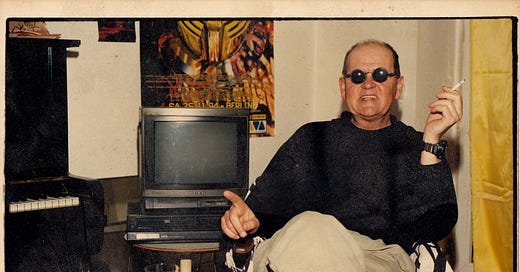


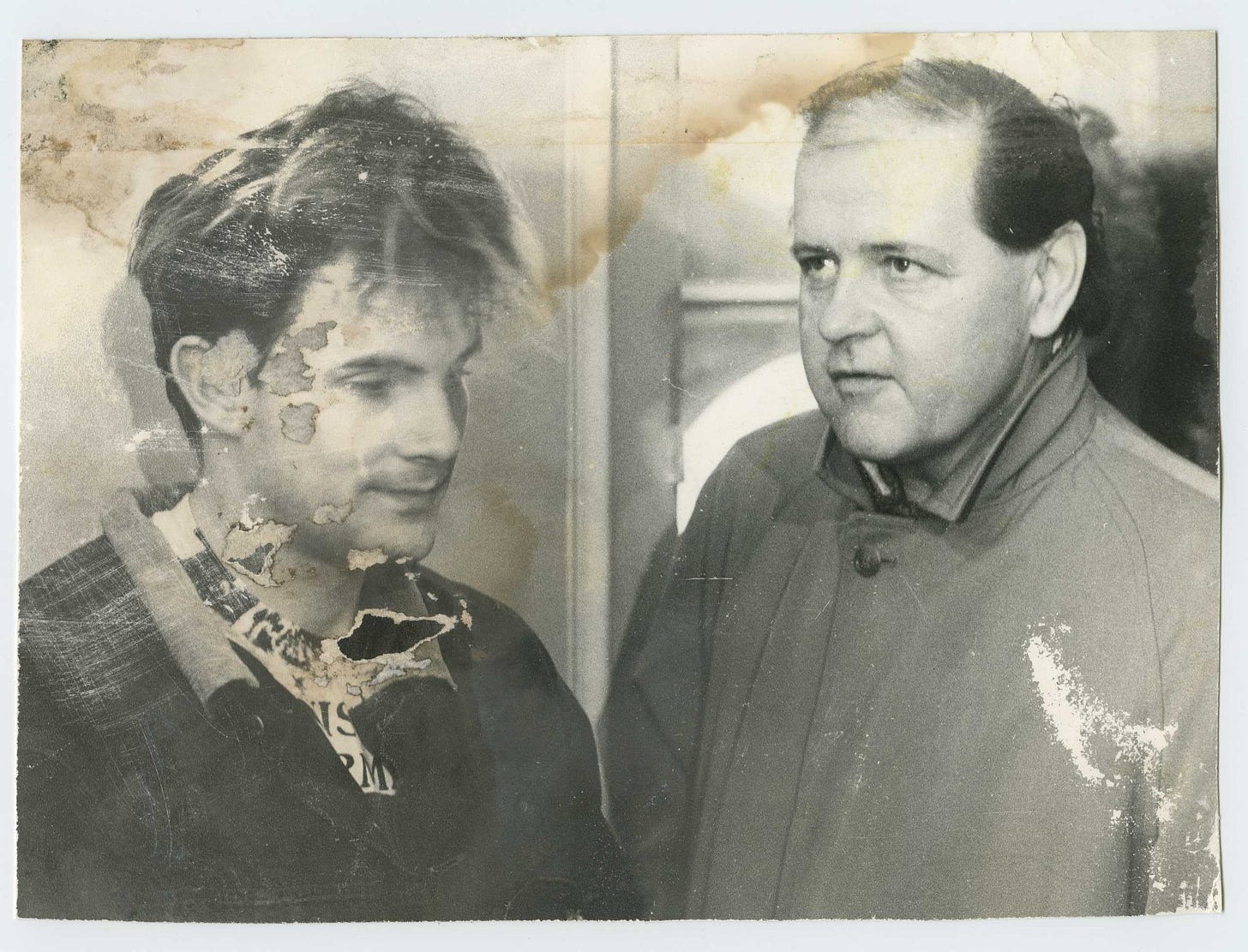


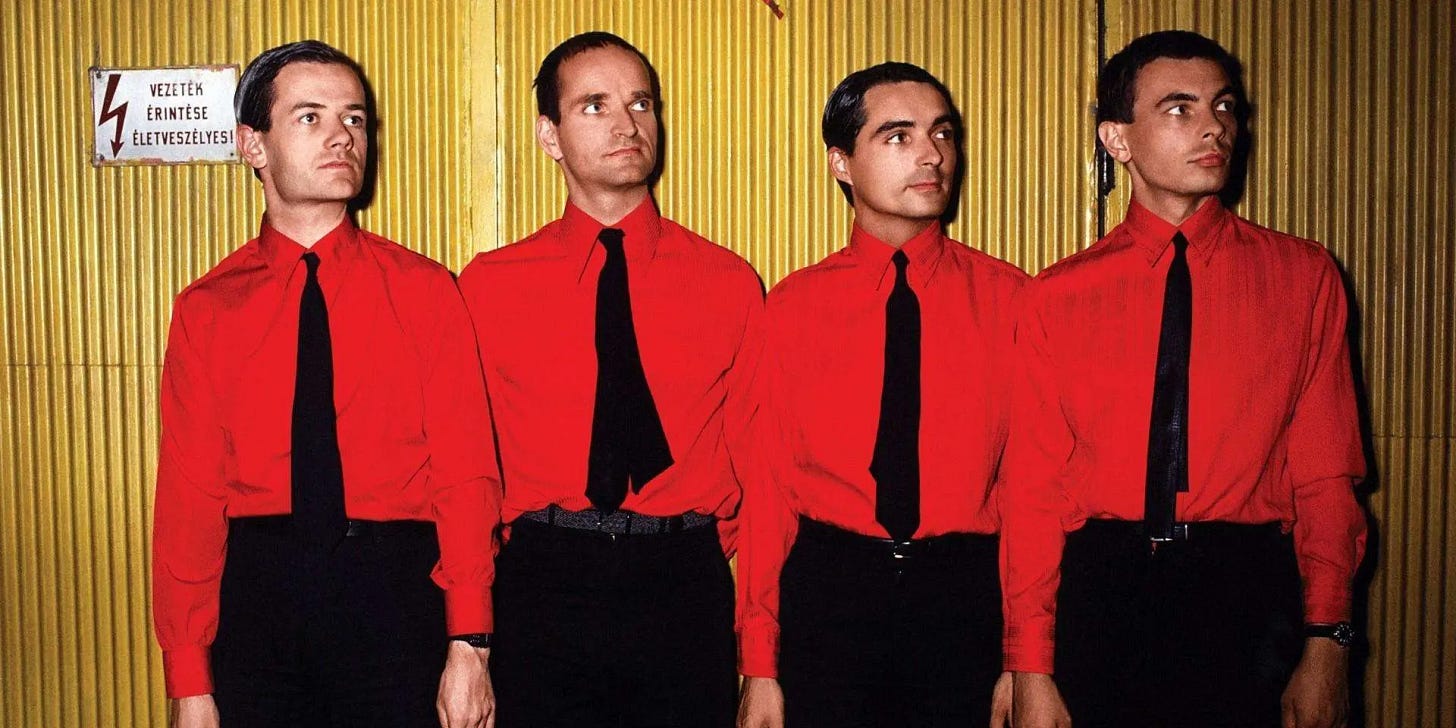
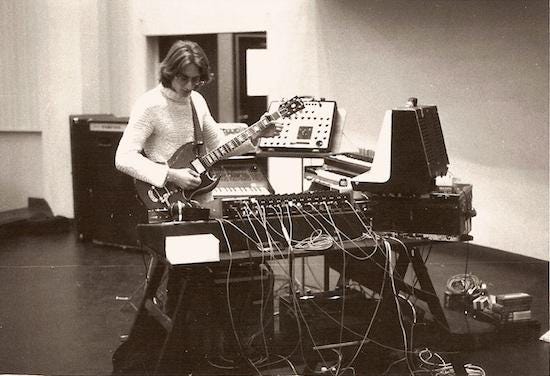





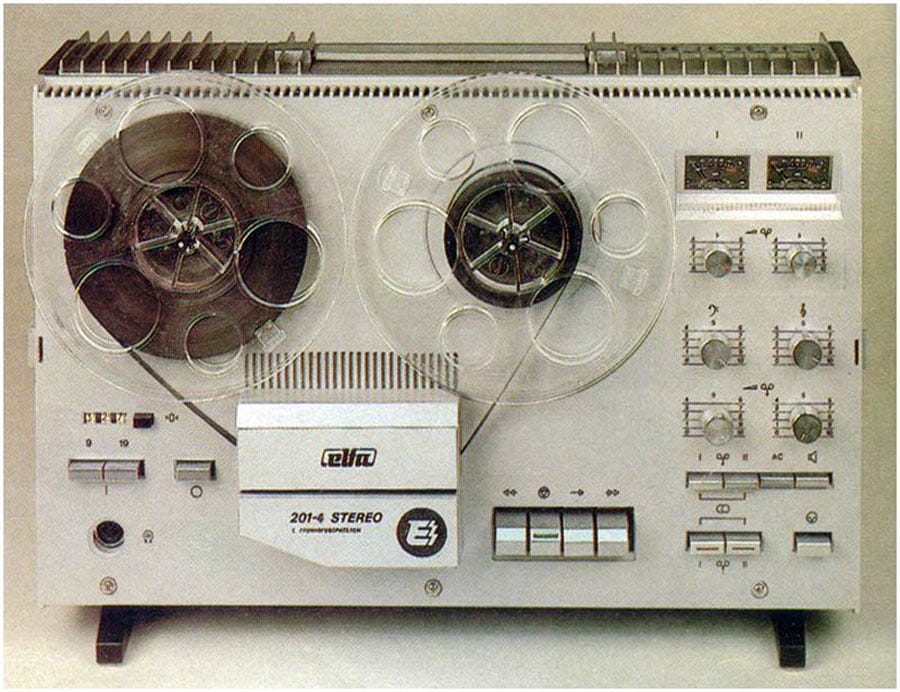
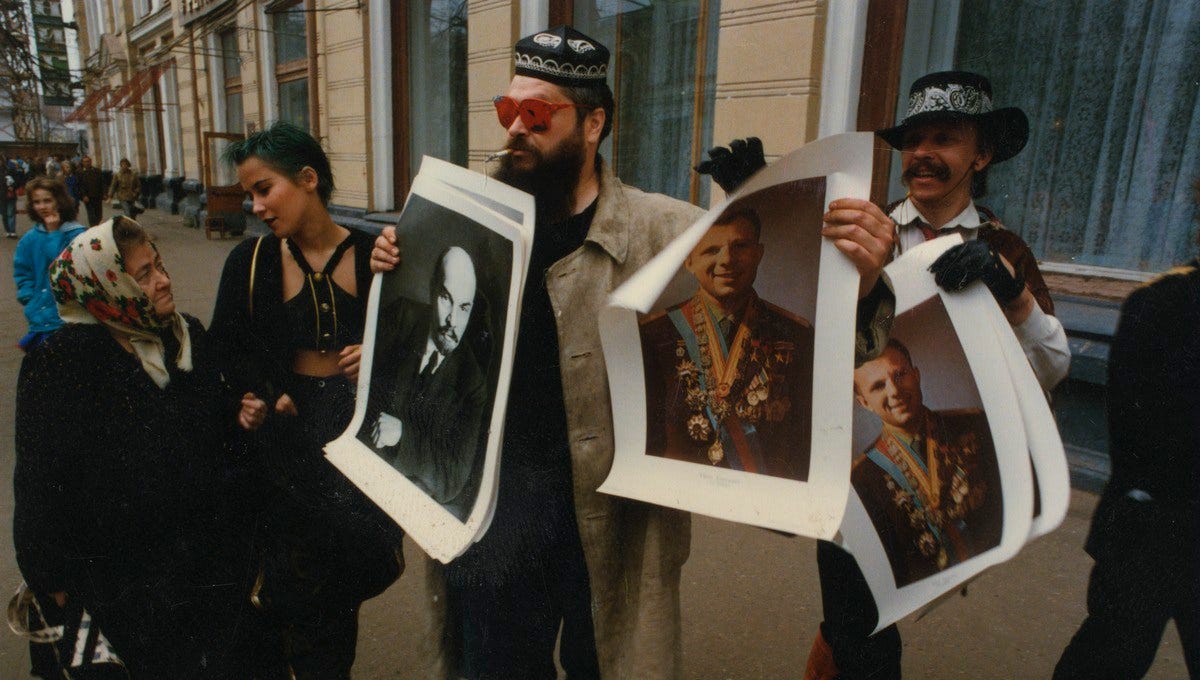
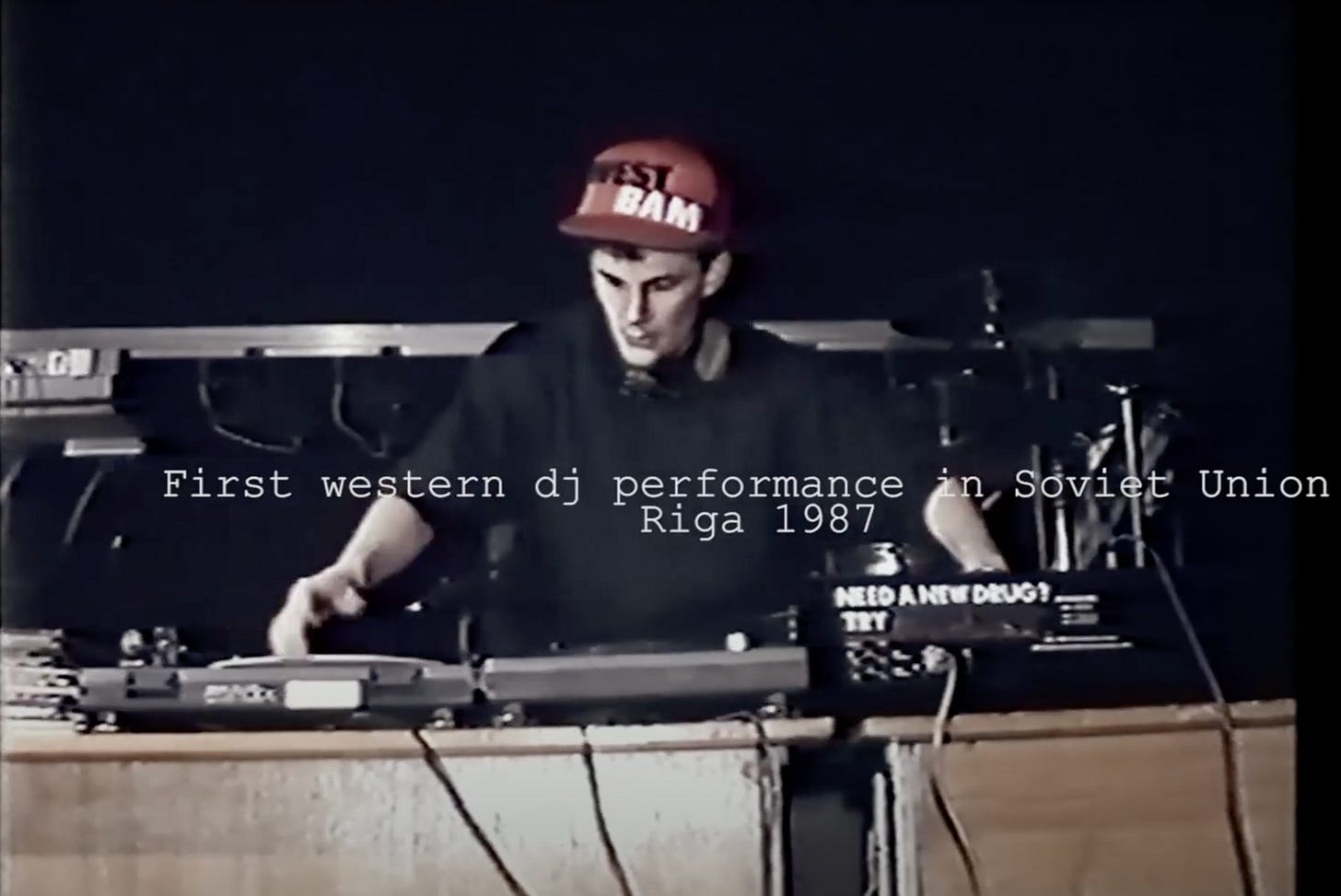
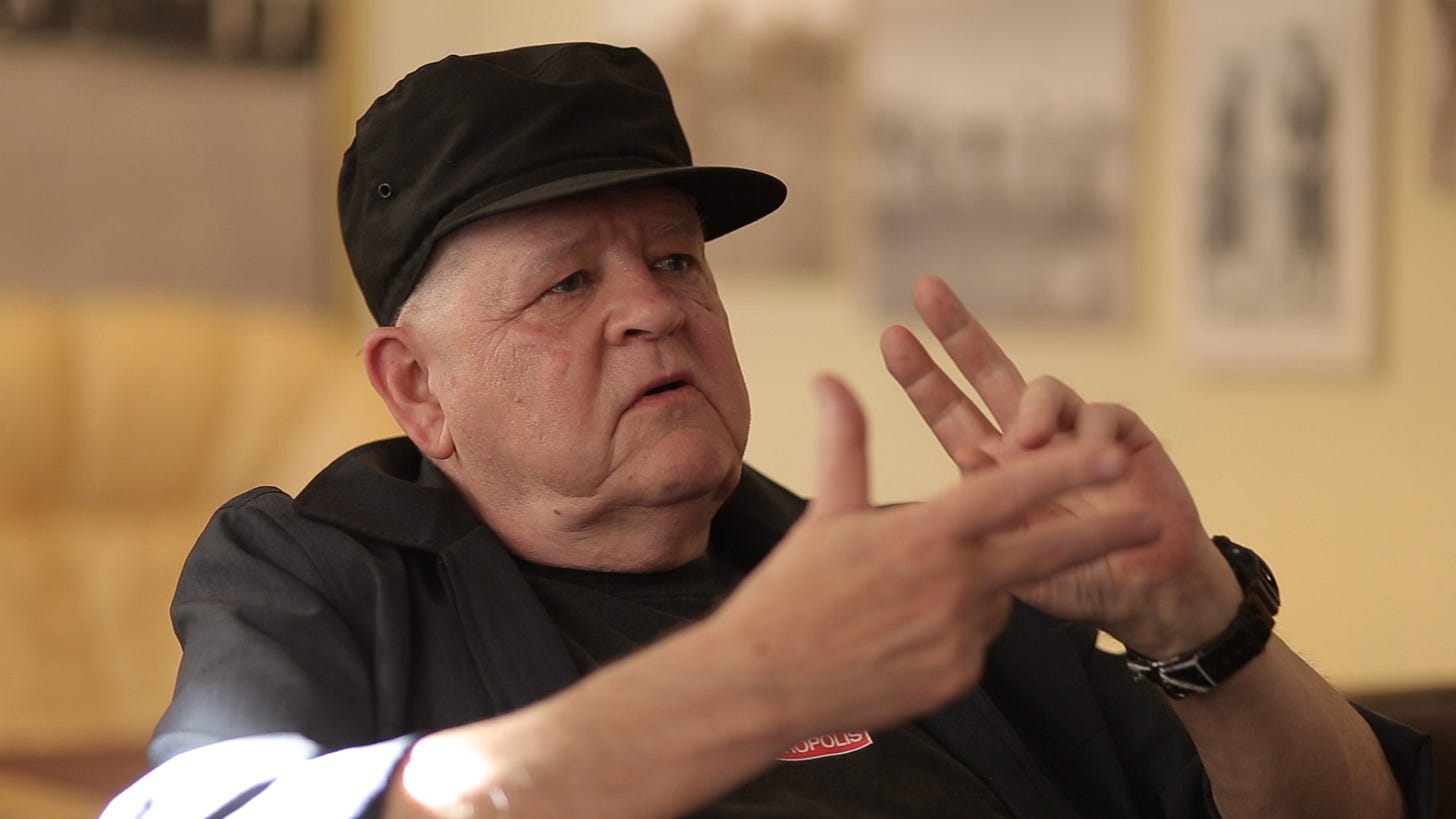
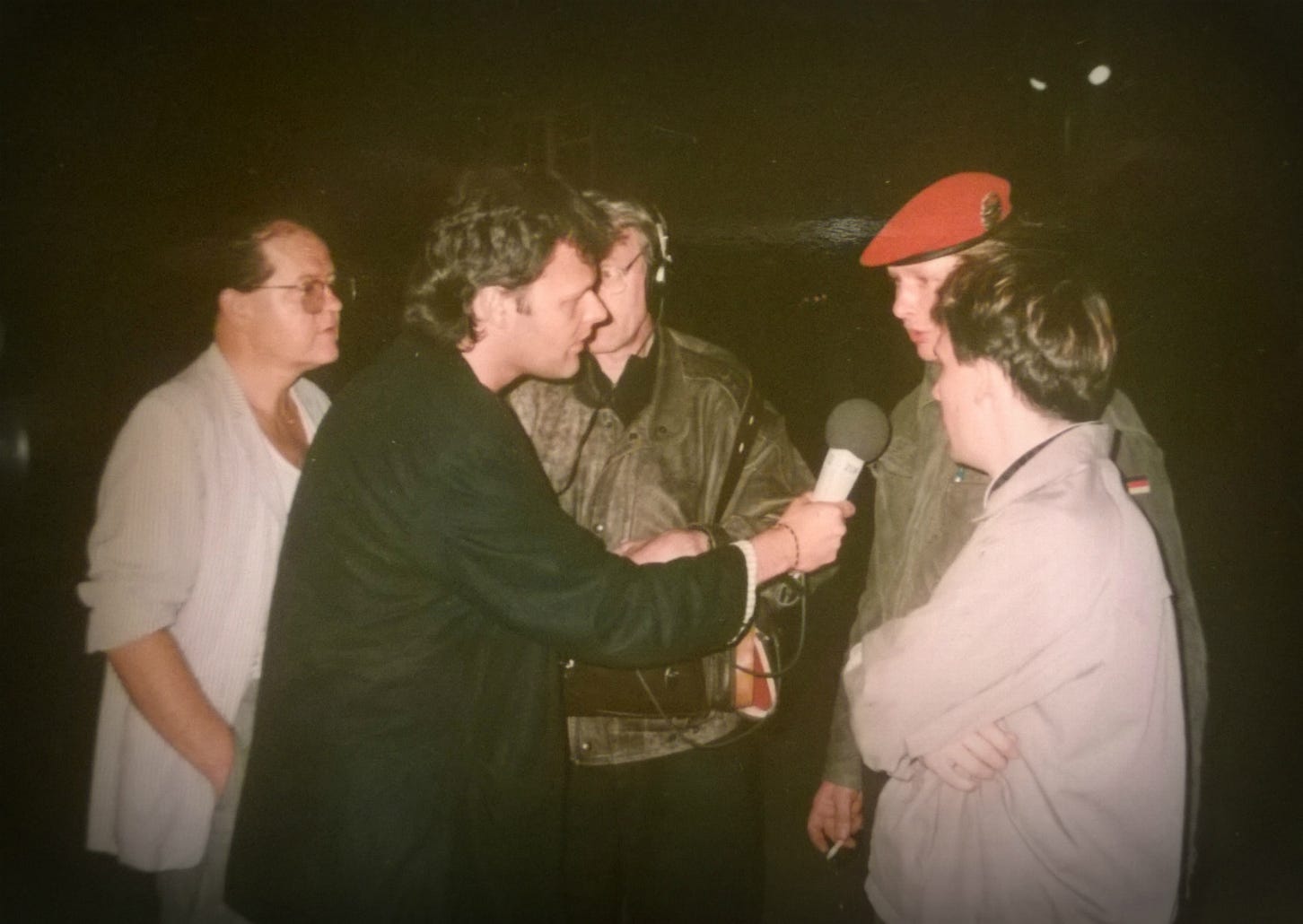
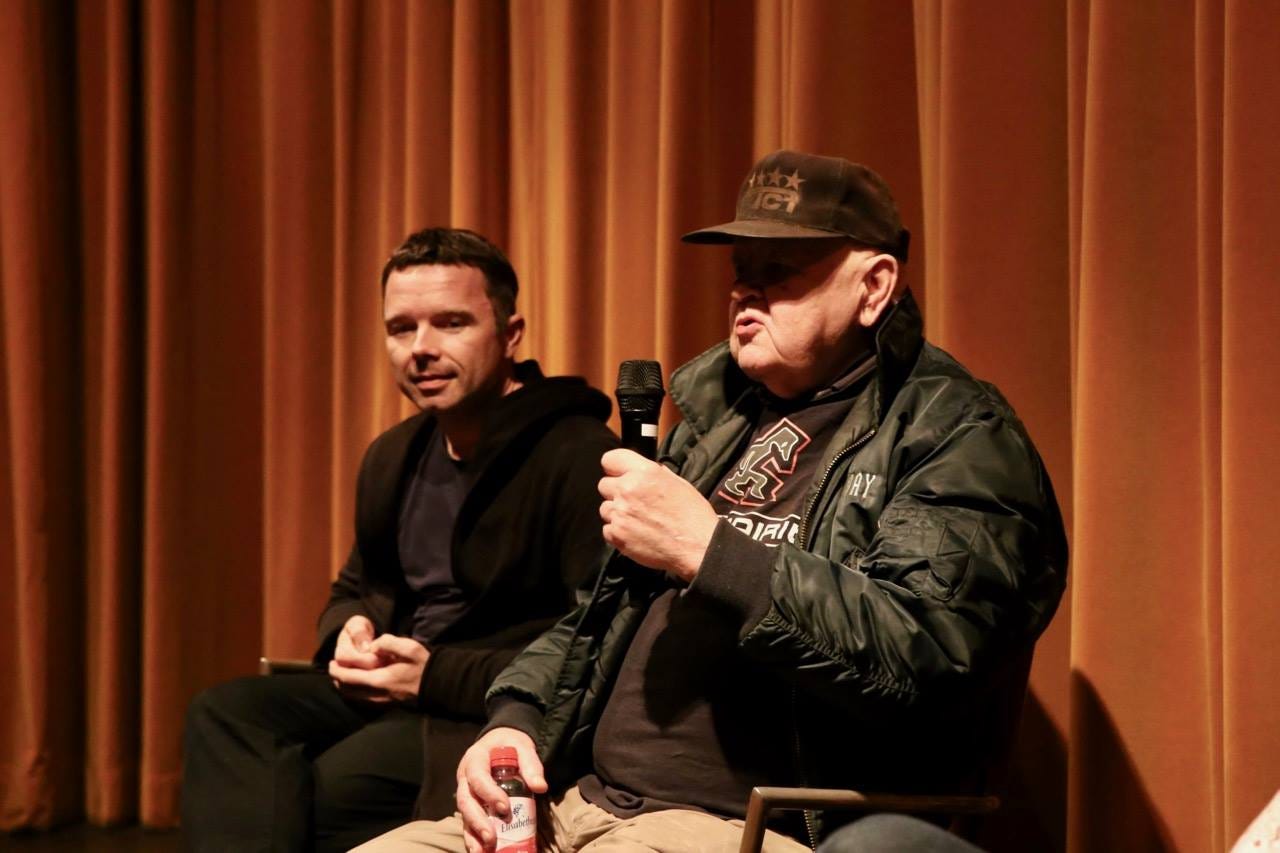

That first track of Manuel's album takes me back to my early raving days (16/17 years old) listening to Sueño Latino House Mix - truly special!
A fantastic read Will. This truly embodies a Noise Narrative piece, and teaches us to approach all cultural explosions/movements with more nuance, as pioneers may have already laid down foundations for these changes to flourish! Excited for the next one.